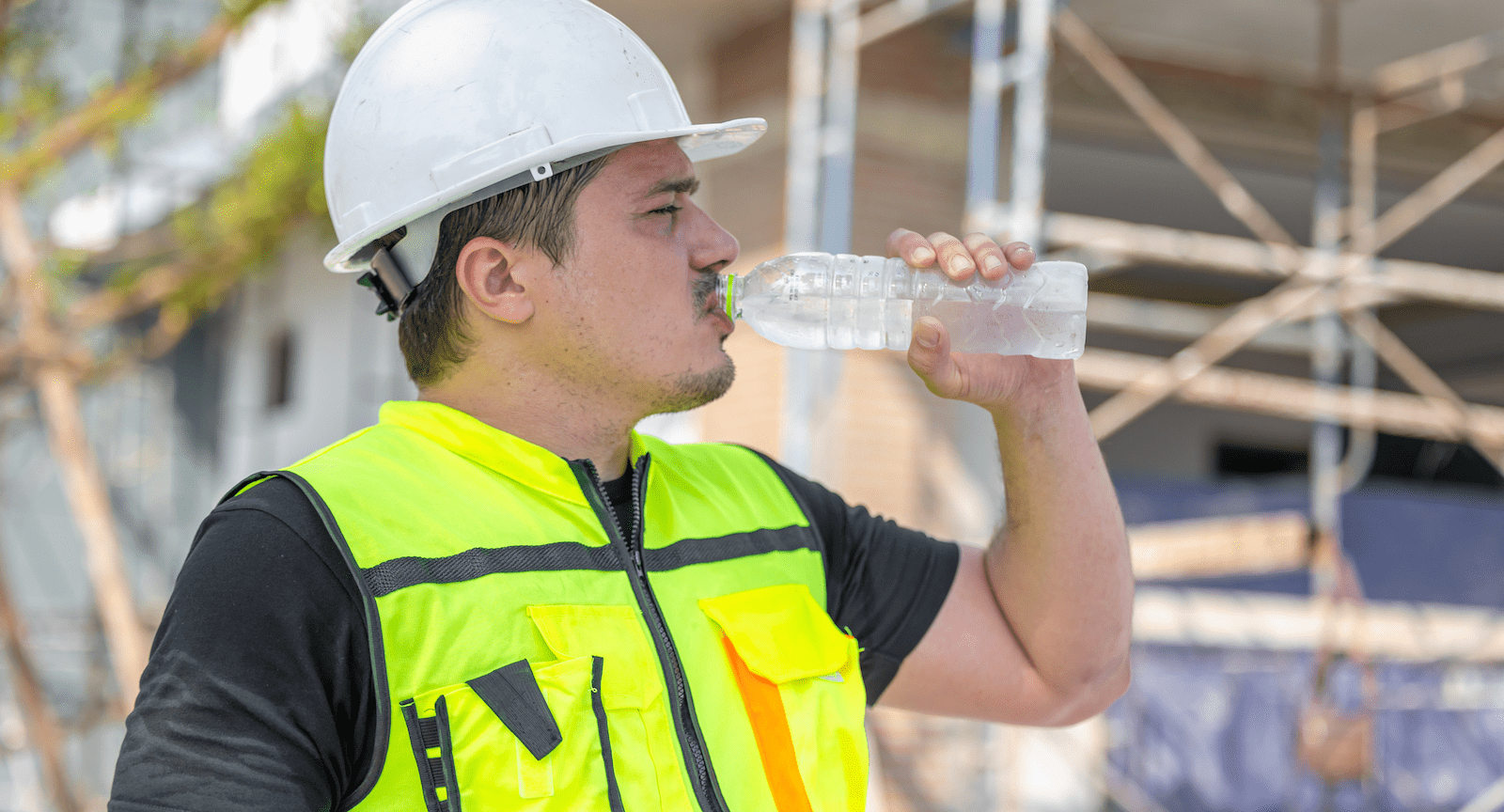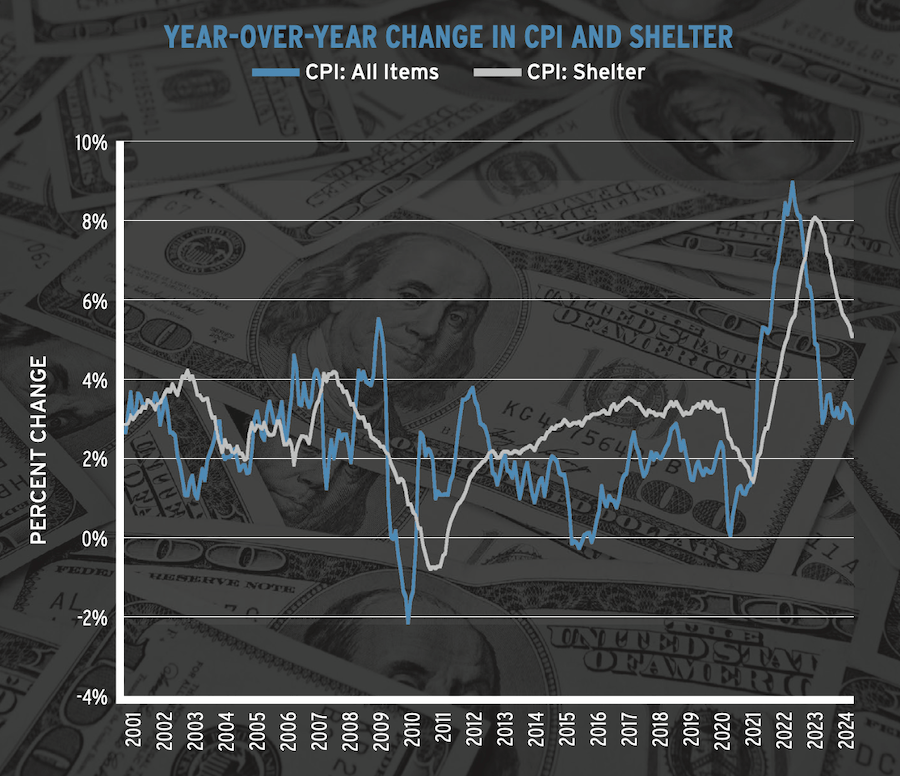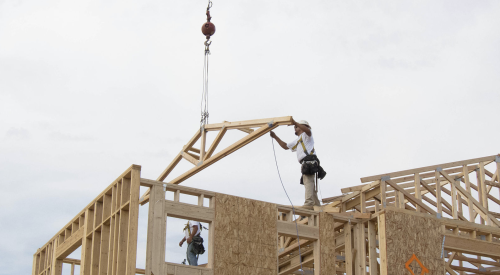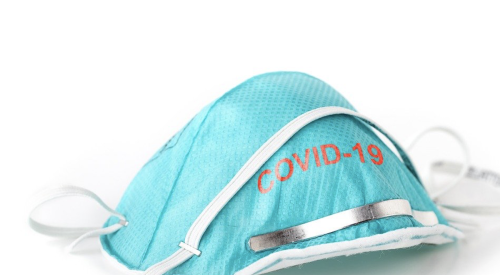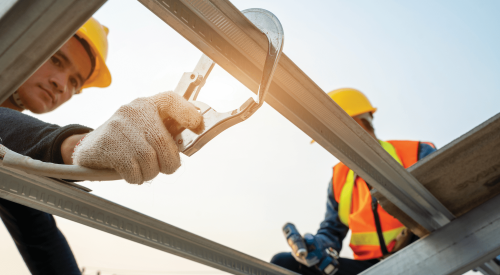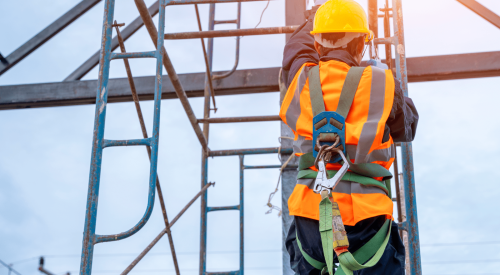The Occupational Safety and Health Administration has released a proposed standard for heat injury and illness prevention. If finalized, the regulation would cover approximately 36 million workers in indoor and outdoor work settings. ![]()
The Heat Injury and Illness Prevention in Outdoor and Indoor Work Settings standard would apply to all employers in the construction, general industry, maritime, and agriculture sectors, with some exceptions and would require companies to:
• Develop and implement a work site heat injury and illness prevention plan (HIIPP) with site-specific information to evaluate and control heat hazards in their workplace.
• Identify heat hazards in both outdoor and indoor work sites. For outdoor work sites, employers would be required to monitor heat conditions by tracking local heat index forecasts or by measuring heat index or wet bulb globe temperature.
RELATED
- Construction Jobsite Safety: Strategies and Resources for Worker Well-Being
- Construction Site Fall Protection Made Simple
- OSHA Issues Final Rule for Jobsite Inspections
• Implement control measures at or above the Initial Heat Trigger (that is, a heat index of 80° F or a wet bulb globe temperature equal to the Centers for Disease Control’s National Institute for Occupational Safety and Health (NIOSH) Recommended Action Limit) that include providing employees:
- Cool drinking water;
- Break areas with cooling measures;
- Indoor work area controls;
- Acclimatization protocols for new and returning unacclimatized employees;
- Paid rest breaks, if needed, to prevent overheating; and
- Regular and effective two-way communication.
• Implement additional control measures at or above the High Heat Trigger (that is, heat index of 90° F or wet bulb globe temperature equal to the NIOSH Recommended Exposure Limit) that include providing employees:
- Mandatory rest breaks of 15 minutes at least every two hours (unpaid meal break may count as a rest break);
- Observation for signs and symptoms of heat-related illness; and
- A hazard alert to remind employees of key parts of the HIIPP.
• Take steps if an employee is experiencing signs and symptoms of a heat-related illness or a heat emergency and develop a heat emergency response plan.
• Provide initial and annual refresher training for supervisors, heat-safety coordinators, and employees, as well as supplemental training after changes in exposure to heat hazards, policies, and procedures, or the occurrence of a heat injury or illness.
• Have and maintain, for a minimum of six months, written or electronic records of indoor monitoring data.
• Ensure that all requirements are at no cost to employees.
Exemptions to the Standard
Some workers and workplaces would be exempt from the standard, including workers who are exposed to high temperatures for short periods (that is, workers who are not exposed to temperatures at or above the initial heat trigger for more than 15 minutes in any 60-minute period), indoor “sedentary” work or work activities performed in indoor work areas or vehicles where air-conditioning consistently keeps the ambient temperature below 80° F, work performed at home or at another remote location and emergency response workers.
What Impact Will OSHA's New Heat Standard Have on the Construction Industry?
OSHA is encouraging the public to submit feedback in response to the proposal within 120 days after its official publication. The National Association of Home Builders’ (NAHB) labor, safety, and health experts are reviewing the proposed rule to determine its full impact on residential construction and will submit comments when that review is complete.
Among other things, NAHB is asking OSHA to consider different heat triggers for different geographic regions of the country. NAHB is also asking OSHA to provide clarification and to address questions on its proposed heat injury and illness prevention plan (HIIPP), especially as it relates to small businesses, as well as the role of the newly established heat-safety coordinator. NAHB also seeks clarification regarding the process of acclimatization for new and returning workers.
Five states currently have heat injury and illness prevention regulations to protect employees exposed to heat hazards in the workplace: California, Colorado, Minnesota, Oregon, and Washington. NAHB encourages employers in those states to learn more about those state-specific heat standards.
It’s still critically important to keep workers safe in high-heat conditions while OSHA’s federal standard goes through the rulemaking process. NAHB encourages employers to review its heat safety fact sheet, available in English and Spanish online, and to watch its safety toolbox talk on heat stress, also available in English and Spanish.
Shelter Costs Continue to Rise
Despite a slowdown in the year-over-year increase in inflation, shelter costs continue to put upward pressure on price growth, accounting for over 60% of the total increase in core inflation. While the Bureau of Labor Statistics’ July inflation report indicates signs of softening prices, the Federal Reserve will require further data to confirm a consistent disinflation trend toward its 2% target before considering rate cuts.
Further tightening of monetary policy would hurt housing supply because it would increase the cost of acquisition, development, and construction financing.
This effect can be seen in the graph above, as shelter costs continue to rise despite the Fed’s policy of tightening the money supply. The Fed’s inflation-reduction policies are, by design, demand-side. Fed officials want to cool the demand for labor and cool the demand for goods and services because the higher the level of demand, the higher the price growth that will occur.
But the biggest driver of inflation now is shelter inflation, and you can’t tame shelter by cooling housing demand. The only way to tame shelter inflation is to add to the supply of attainable housing, and that can only happen with lower interest rates. This is the Federal Reserve’s catch-22. The Fed’s primary policy tool for lowering inflation—raising interest rates—simply cannot resolve the shelter inflation problem. Raising interest rates just makes the shelter inflation problem worse.
